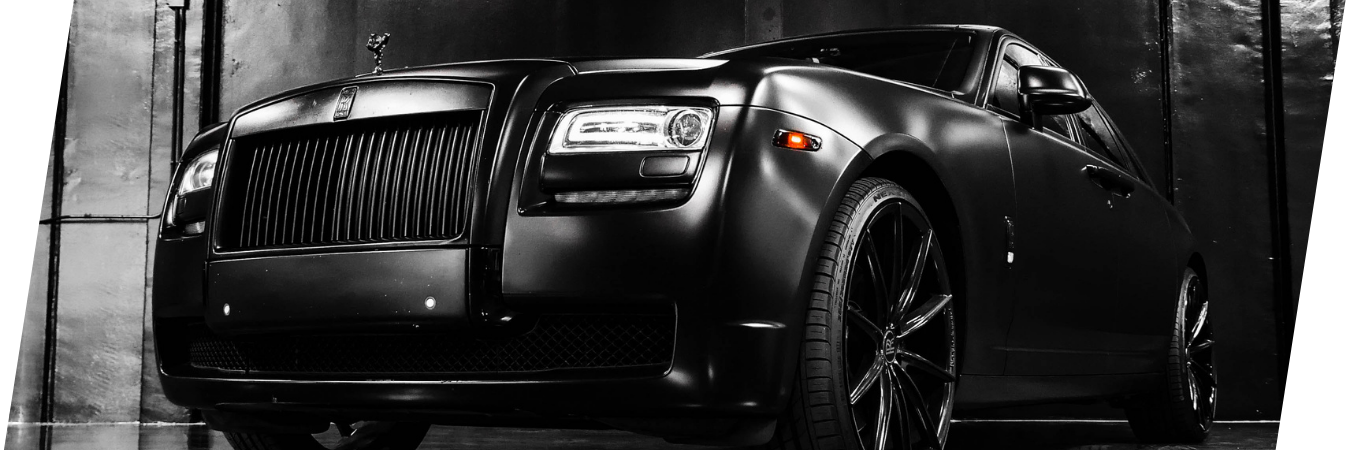
Other modifications
Chiptuning is the most common name used to describe the modification of a car and will get you up to 30% more power and a higher top speed. But chiptuning is more than and it can bring you a lot more than just extra speed and power.
Among others, modifying the software can turn off the EGR valve, turn off the Start/Stop function, adjust the response of the gearbox and more.
The principle of these adjustments is the same as chiptuning. The original data of the vehicle is overwritten by custom software and voilá, the car drives exactly the way you want it to.
- EGR Delete
- DPF / OPF Delete
- Pops & Bangs
- Start/stop delete
- Transmission
- OEM
- AdBlue delete
- Cylinder deactivation
What is egr or exhaust gas recirculation?
The principle of EGR is that a quantity of the exhaust gases from the engine is returned to the combustion chamber (s) via the intake manifold. The exhaust gas is mixed with the incoming air and therefore the oxygen content of the combustion mixture will drop. Thus more inert gas is introduced into the combustion chamber. By performing the EGR Delete, with Rica software the valve will be closed with our custom developed software.
The burnt exhaust fumes contain a lot of soot and carbon particles, polluting the EGR system and the intake system. Valves can get polluted and cannot close properly. Coolers and intake ducts can clog up, which has a negative effect on performance.
This can be a cause of many problems, including many malfunctions or fault codes.
Benefits EGR Delete
- Cleaner engine
- Lower fuel consumption
- Improved throttle response
- Extended engine life
- Maximum engine power
- No future EGR problems
- Save a lot of costs on replacing or repairing the EGR valve
Common EGR error codes
P2141, P2142, P2143, P2144, P2145, P2413, P3103, P0400, P0401, P0402, P0403, P0404, P0405, P0406, P0407, P0408, P0409 en P0489.
What is DPF (particulate filter)
DPF stands for Diesel Particulate Filter. Diesel particulate filters trap and store harmful soot particles, reducing toxic emissions from the exhaust into the air. The particulate filter (DPF) Delete software modification makes sure these soot particles will no longer be stored in the engine.
A particulate filter is usually made of ceramic material. A particulate filter is installed as close as possible to the engine in the exhaust system, where the soot particles collect in the filter. In the particulate filter, the captured soot particles are burned periodically, every 200 to 1000 kilometers. This combustion is referred to as regeneration. This spontaneous combustion requires a temperature of about 600°C, which is only reached at very high engine loads. To achieve regeneration even at lower engine loads, the ECU will artificially increase the temperature of the exhaust gases. Before the car starts the regeneration process of the particulate filter, it must meet many requirements such as correct combustion values, temperature and correct feedback from the sensors.
Also, the filter may be saturated (full) and then can no longer be cleaned. So a lot can go wrong here, and ultimately adversely affect the engine.
Benefits DPF/OPF Delete
- More power
- Better vehicle acceleration
- Improved throttle response
- Lower exhaust gas temperature
- Lower maintenance and replacement costs
- Longer lifespan
Disadvantages DPF/OPF Delete
- Increased exhaust and particulate emissions
- High probability of failing MOT emissions tests
- Less environmentally friendly
Pops & Bangs, Crackle Maps, Burble Maps, Exhaust Crackle, whatever you want to call it, you will definitely hear it!
This cool software modification lets you hear the well-known crackle sound the moment you release your gas pedal.
How does it work?
When you let go of the gas, the injection of gasoline in the engine stops. The throttle is closed and the engine does not need any gasoline. The ECU will start injecting again around 1500 rpm to prevent the engine from stalling.
With a Pops & Bangs modification, the ignition timing is very delayed, but fuel will still be injected the moment you let off the gas. This will cause unburned fuel to enter the exhaust, which will also ignite there due to the late ignition timing. This results in a loud bang in the exhaust.
This after-burning in the exhaust is called ‘pops & bangs’. The longer the fuel is injected, the stronger the effect and the more impressive the Pops & Bangs will be.
Benefits
Apart from the sound effect, pops & bangs has no benefits. This modification is purely for decoration.
Disadvantages
Disadvantages do exist. If you go for small pops and keep driving slowly there is pretty much nothing to worry about. However, if you go for loud bangs and can’t drive hard and fast enough, keep in mind that this driving style can be harmful to the turbochargers. the catalytic converter and the exhaust system, among other things, because of the high rise in temperatures.
Officially, the catalytic converter may not be removed, however, a sport catalytic converter is highly recommended if you would like Pops & Bangs.
With a start/stop delete, the vehicle’s start-stop function is disabled and the engine will no longer shut off automatically.
Start/stop
A start-stop system is a way of saving fuel in cars. It causes the engine to shut down automatically when the car stops, for example, at a red traffic light.
The system is especially efficient in city traffic, where many stops are required due to, for example, traffic lights or people crossing the road. The presence of a start-stop system in the car can lead to fuel savings and a reduction of up to 8% in CO2 emissions in urban traffic.
Manual
When the driver brings the vehicle to a stop and puts the gearshift in neutral, the system receives a signal and the vehicle’s engine is automatically switched off. When the driver wants to start off again and presses the clutch pedal, the starter receives the signal to restart the engine.
As soon as the vehicle is put into gear and the clutch is depressed, the engine starts again automatically and the car can be driven on.
Automatic
When the start-stop system is used in an automatic car, the engine is turned off when the car comes to a complete stop. When the driver slows the car down and comes to a stop, the engine shuts off. When the brake is released, the engine turns back on and you can accelerate and continue driving.
With the tuning or remapping of the gearbox software, the shifting moments (e.g. excessive upshifts and late downshifts) and many other options can be adjusted.
Most automatic transmissions are programmed to drive as economically as possible. At low speed the vehicle is in a high gear. When accelerating slightly, the vehicle will soon downshift a few gears, which can be experienced as restless or hesitant driving.
This is obviously good for the environment, however, it can be quite annoying on the road.
Possible gearbox modifications
- Faster gear changes
- Launch control
- Faster paddle response time
- Increase clutch limit
- Gear Display on the dashboard
- Modified shift times for better acceleration
- Rev-matched downshift (Throttle-Blip)
- Full Manual Mode (no forced up/down shifting)
- Increased line pressure for better holding power
The RICA OEM ECM upgrade consists of a software upgrade package which upgrades the performance to the higher output factory specification.
Our OEM ECM upgrade breathes new life into your vehicle, enhancing its power, responsiveness, and overall drivability. It’s like giving your car a performance boost straight from the factory.
What sets the RICA OEM ECM upgrade apart is its precision and expertise. Our team of professionals understands the intricacies of your vehicle’s ECM, ensuring that every adjustment aligns seamlessly with manufacturer standards. You can trust us to enhance your car’s performance without compromising its reliability or warranty.
What is Adblue Delete?
If your AdBlue system stops working, it can take many days and high costs to repair it. An AdBlue Delete electronically disables the AdBlue system and removes the warning messages and the need to refill the system.
What is Adblue?
AdBlue is a chemical commonly used in SCR (Selective Catalyst Reduction) on diesel vehicles. Its sole purpose is to reduce NOx levels in the exhaust gases. This AdBlue fluid is a combination of urea and demineralized water that is injected into the vehicle’s exhaust system. In the process, a chemical reaction occurs, converting the NOx into both nitrogen and water vapor. Sometimes AdBlue is also referred to as Diesel Exhaust Fluid (DEF).
Cylinder deactivation is an innovation in which a fuel engine automatically deactivates one or more cylinders while driving. This usually occurs at low load or constant speed.
The purpose of cylinder deactivation is to save fuel without sacrificing comfort and power. Turning off cylinders while driving means less fuel is sent to the engine. And when more power is needed, those cylinders are reactivated in a split second. This is a nice piece of technology, unfortunately with some engines this is not yet completely smooth and some riders do experience some discomfort here.
Contact
- Klopperman 35-37 | 2292 JE Wateringen
- info@rica.nl
- +31 174 226 806
- www.rica.nl

